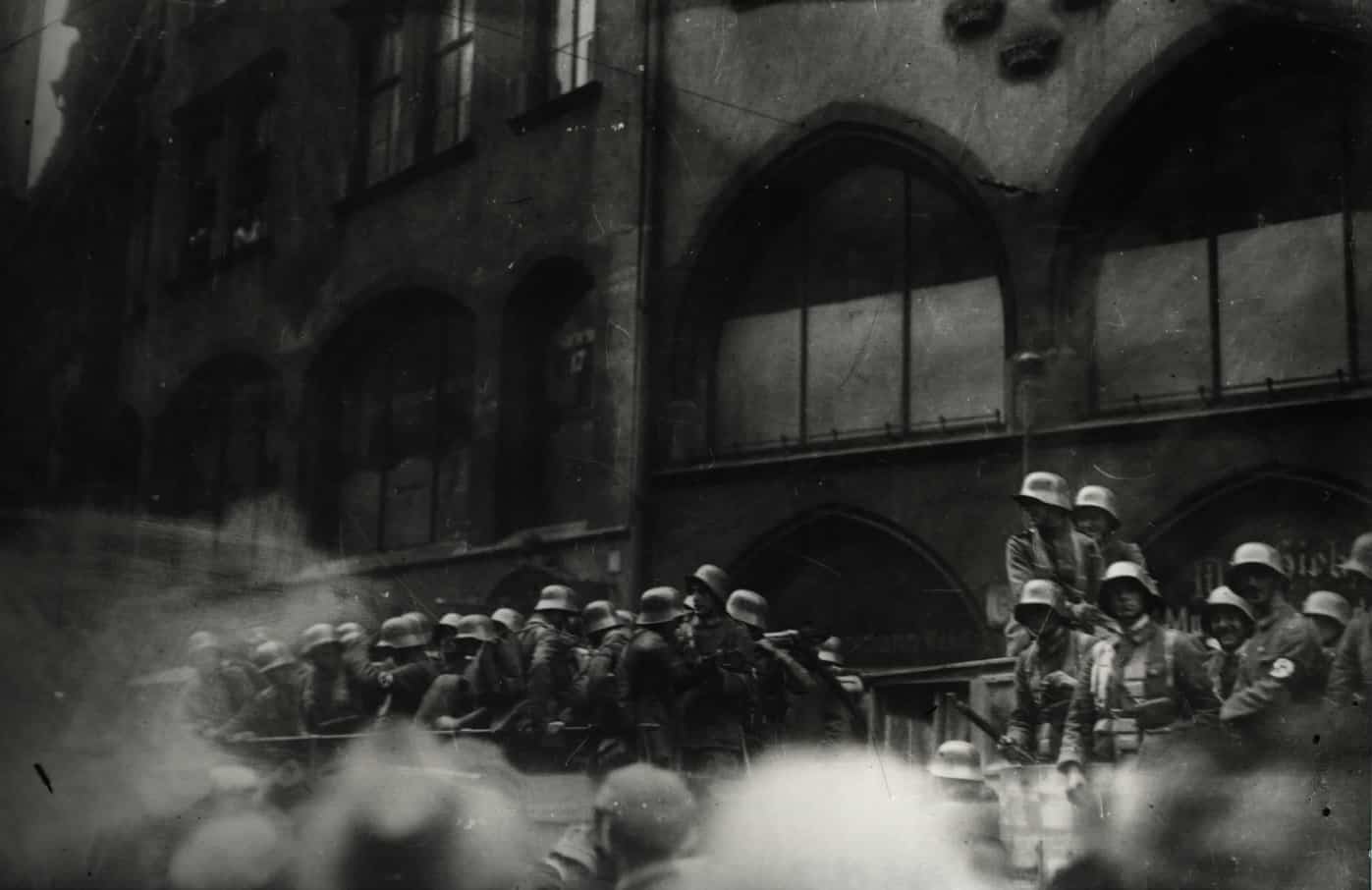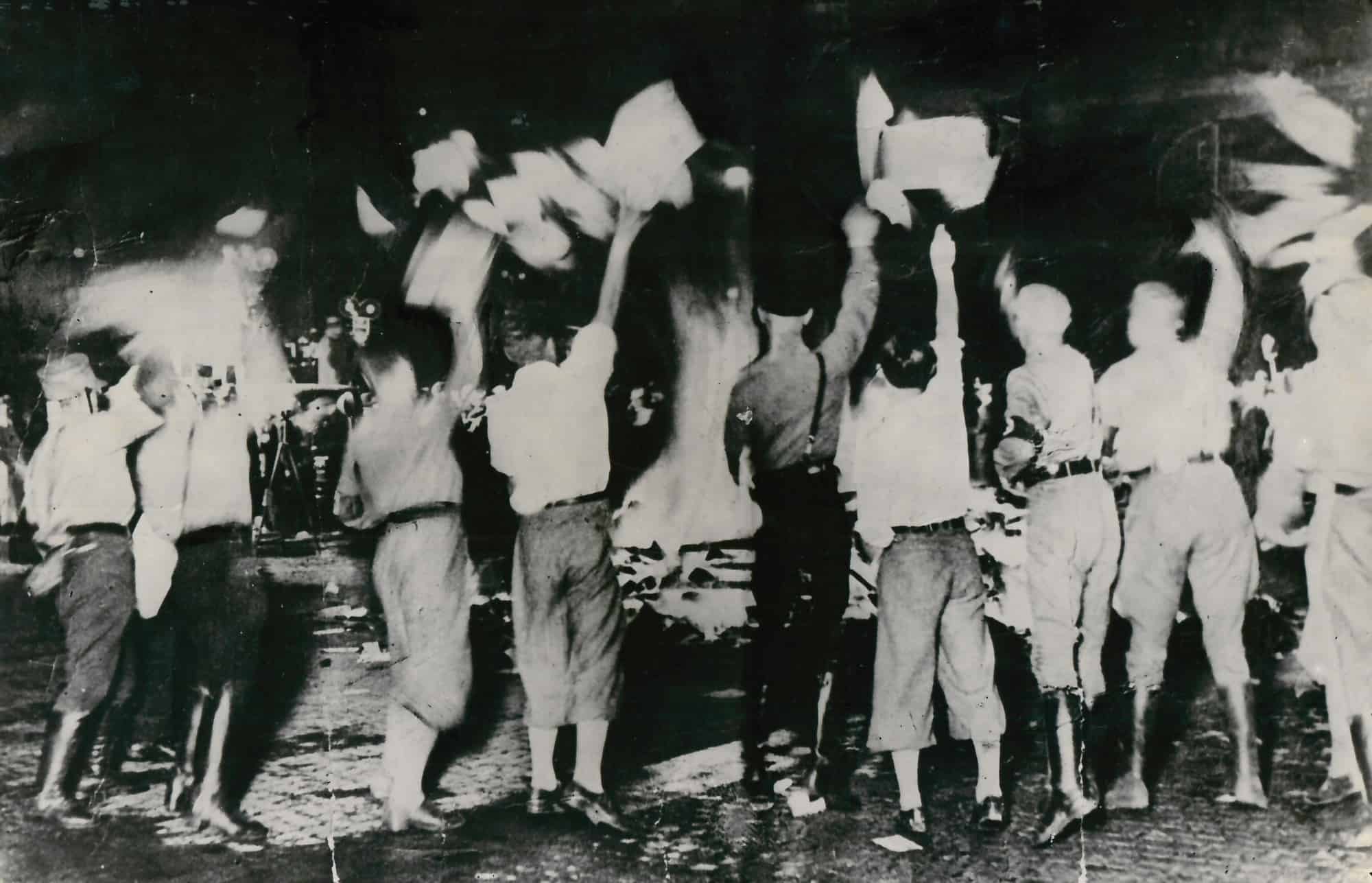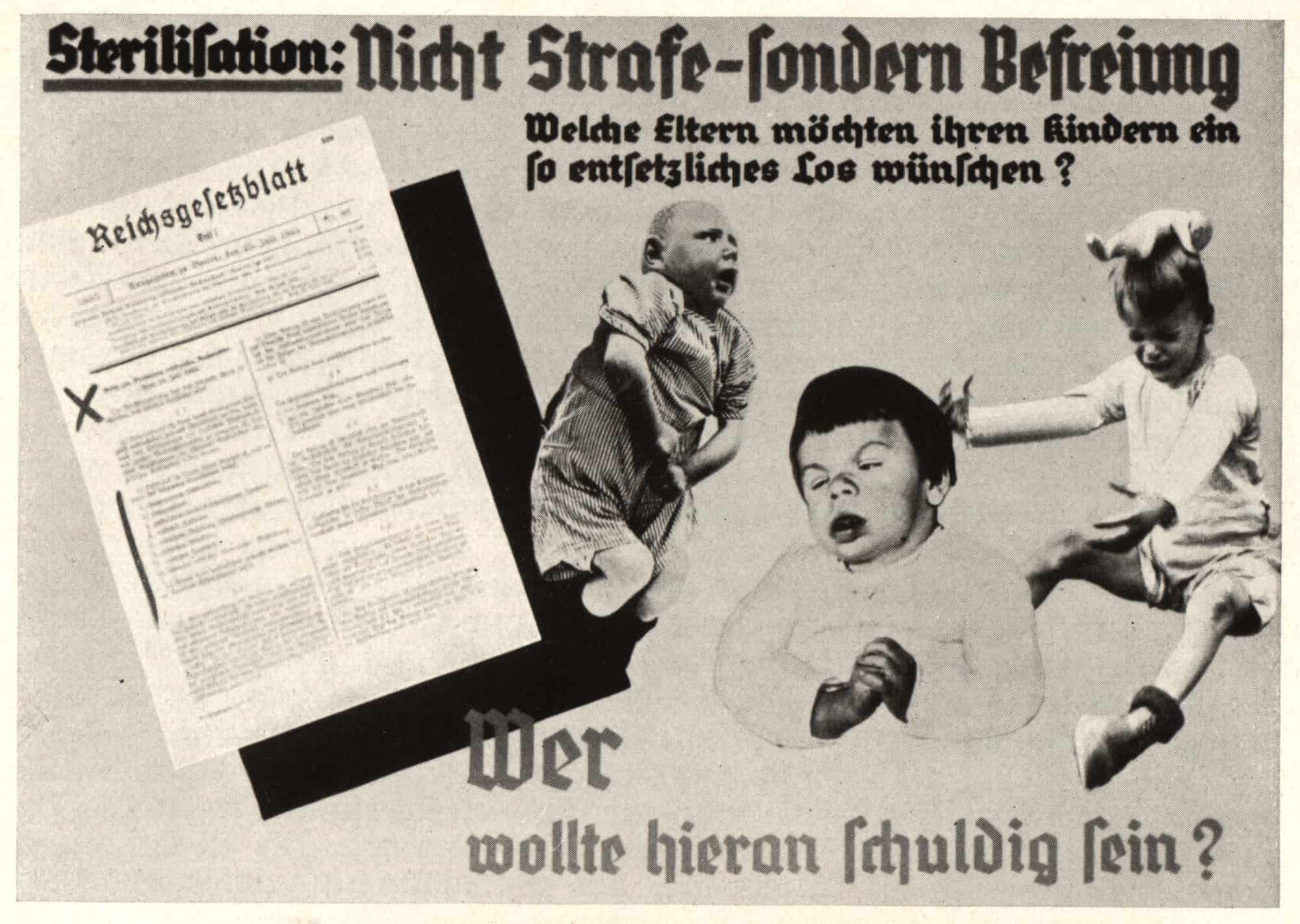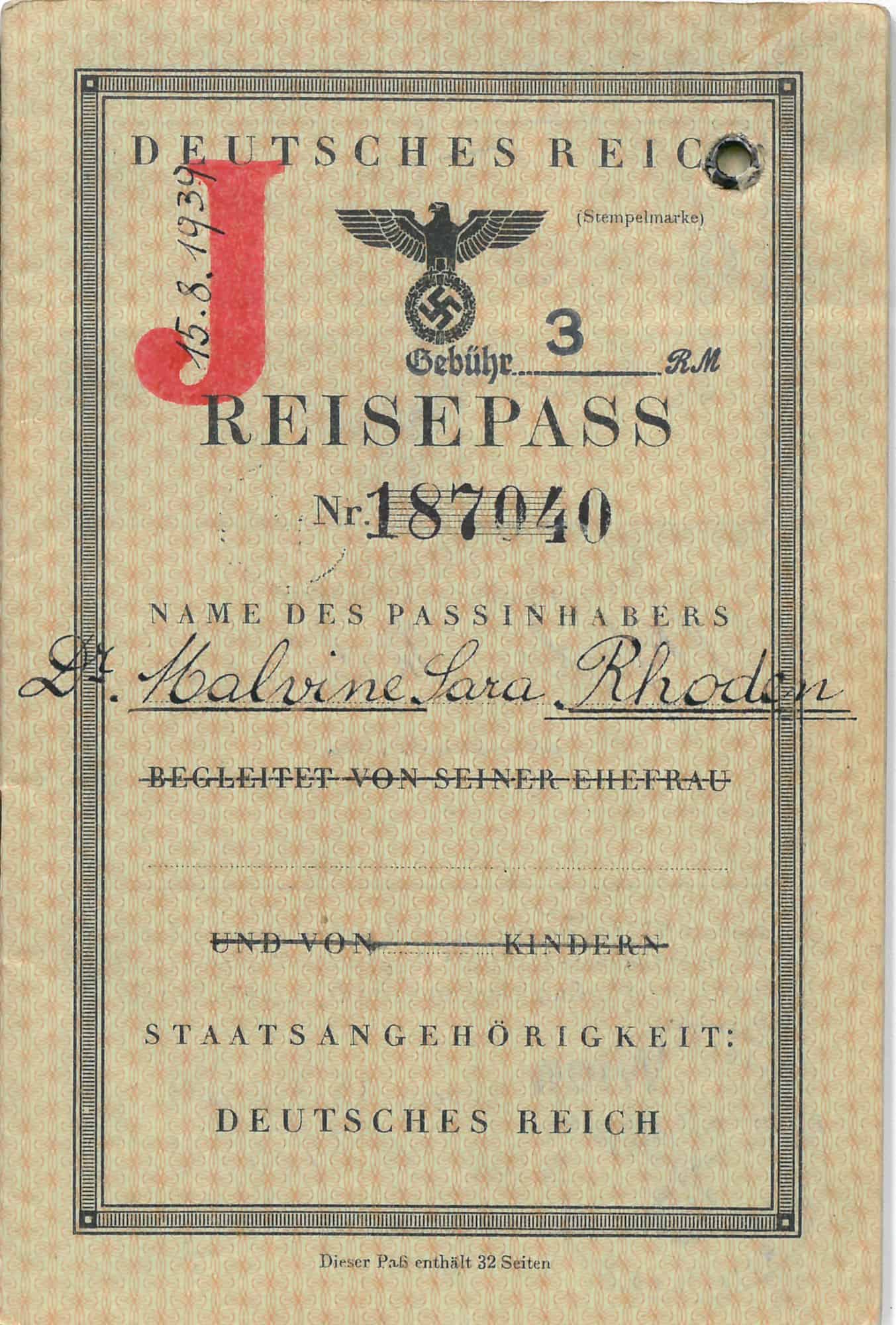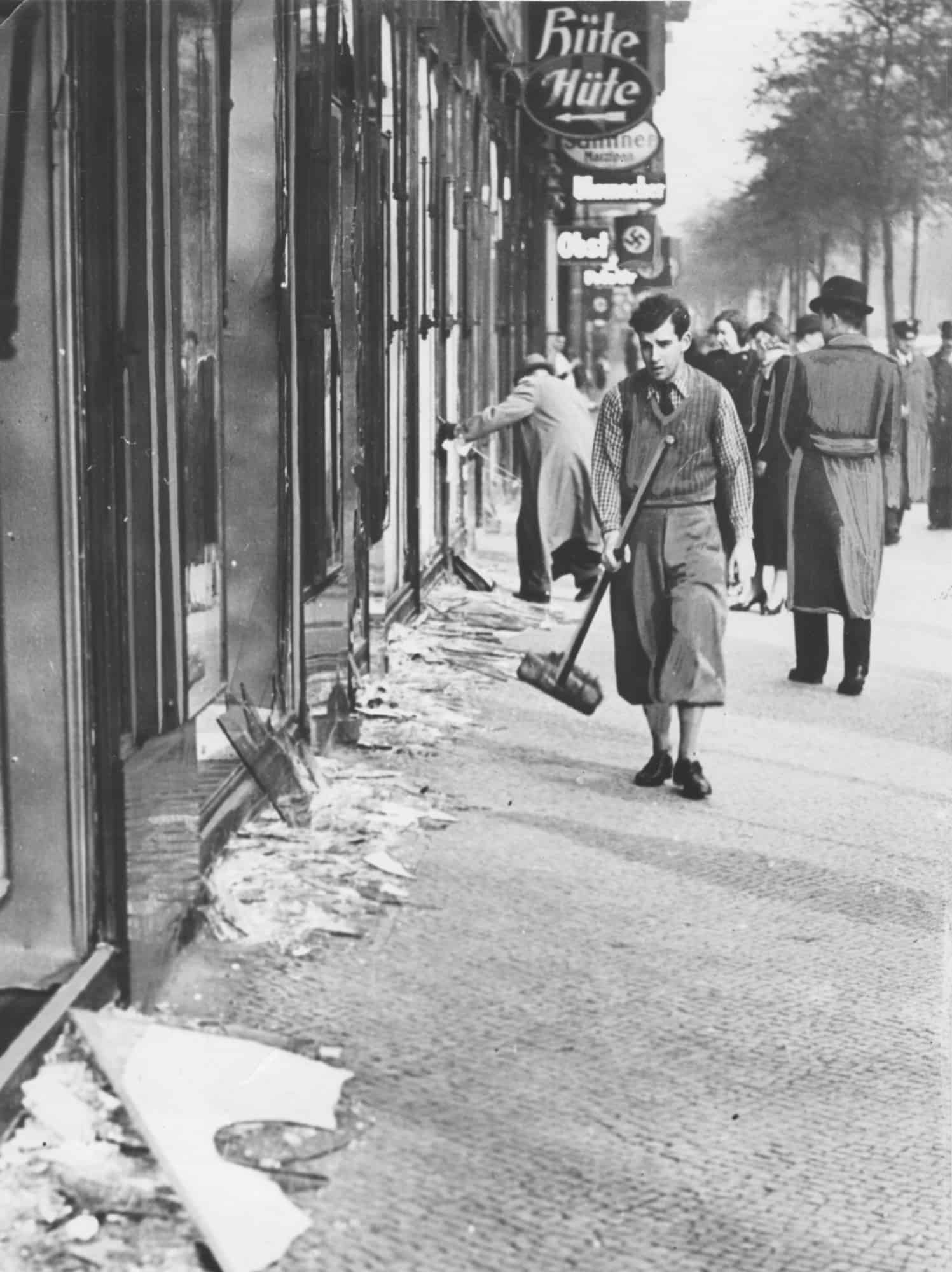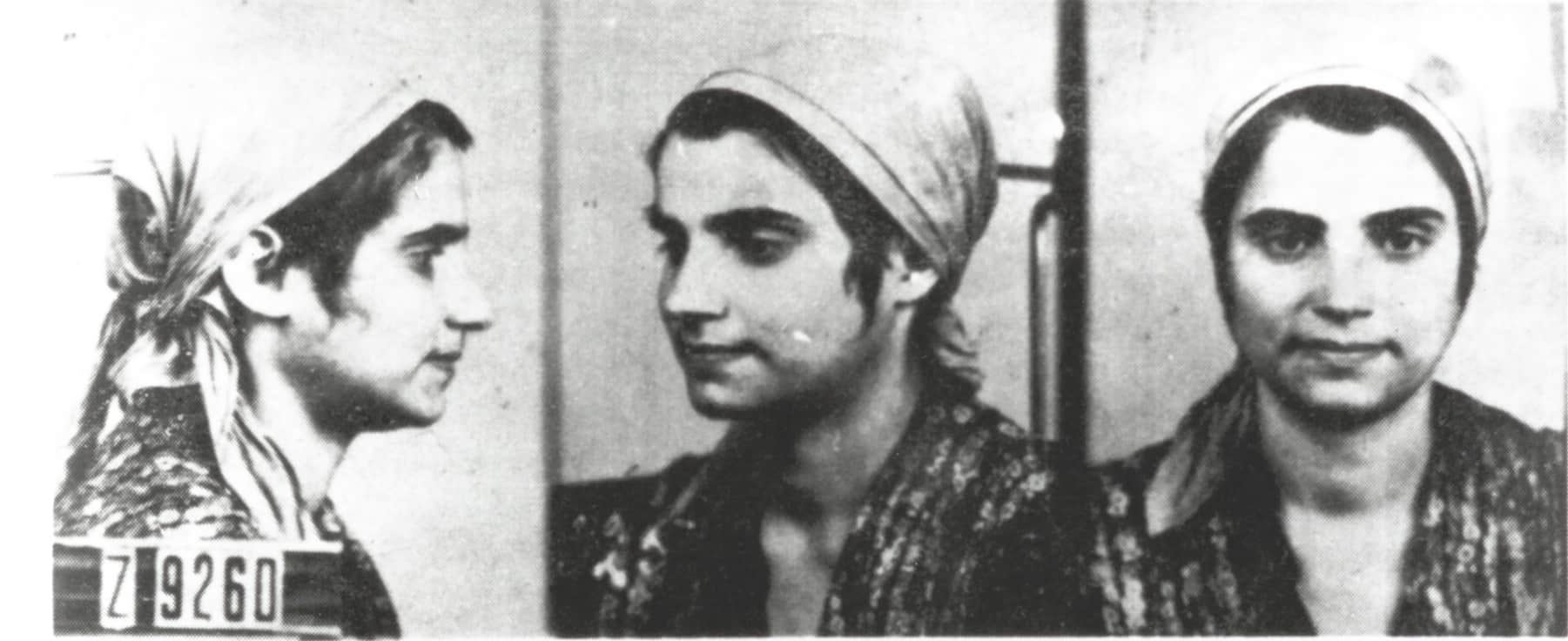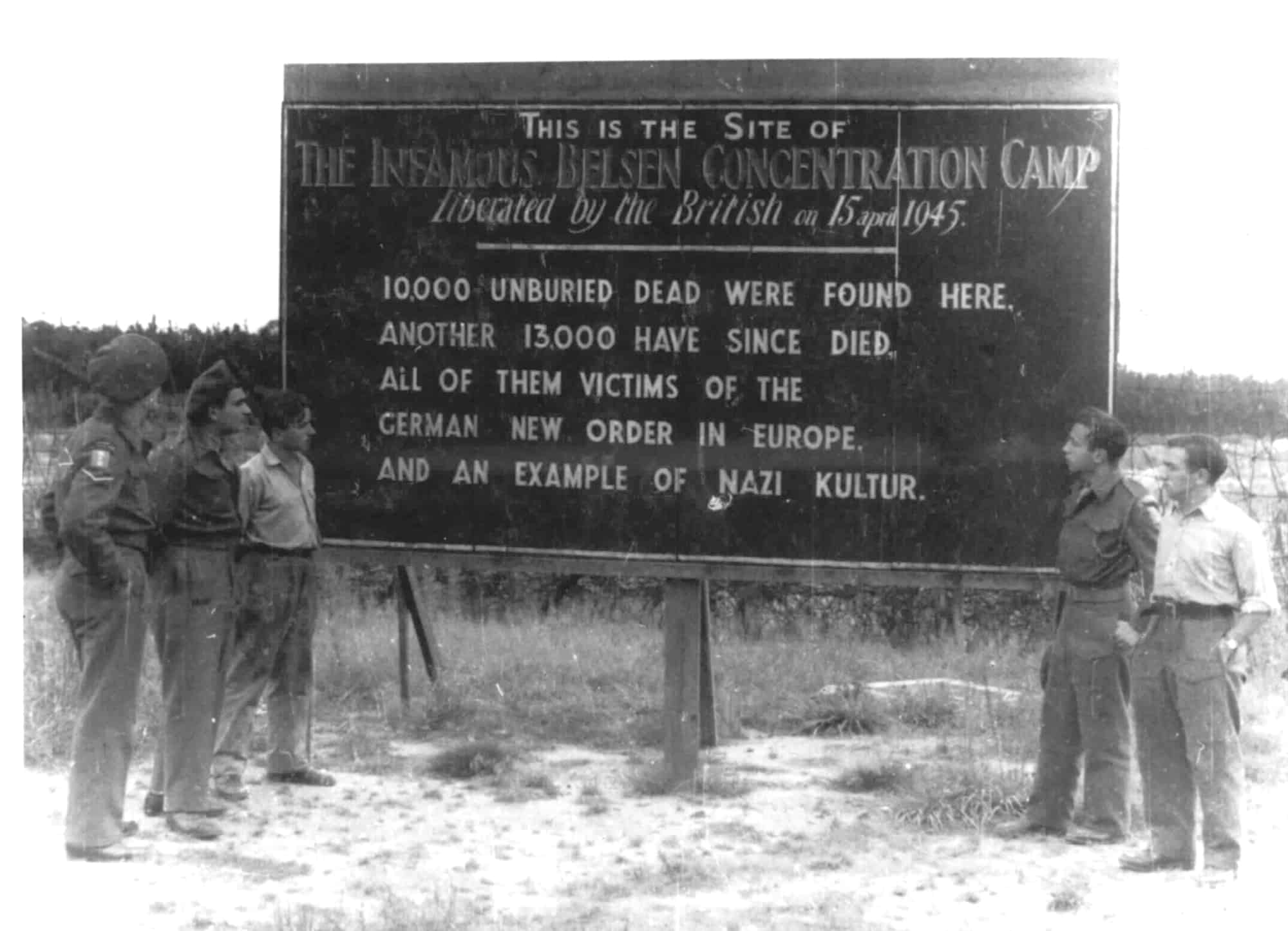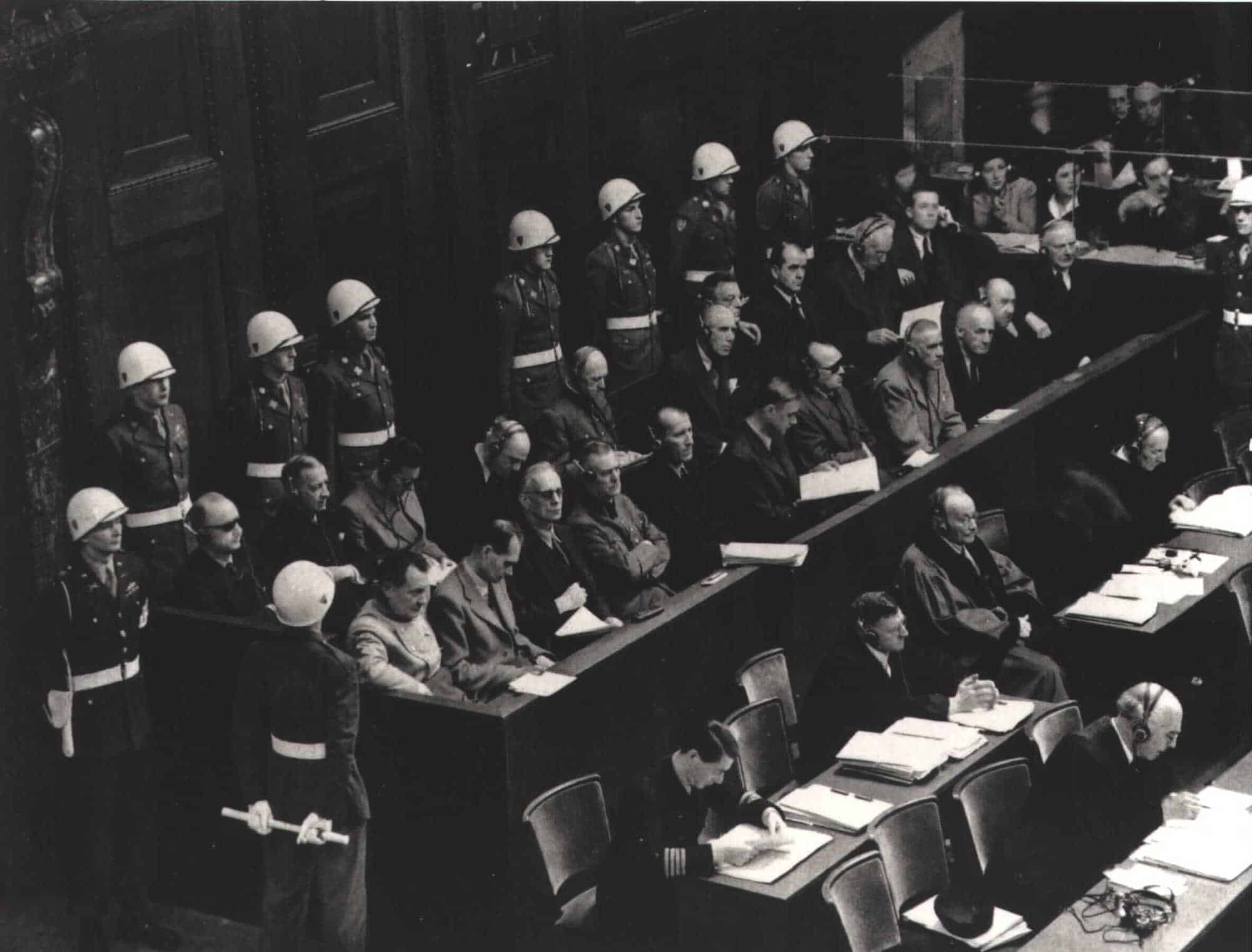9 November 1923 - Beer Hall Putsch
Hitler and the Nazi Party unsuccessfully tried to overthrow the Weimar Republic. This event became known as the Beer Hall Putsch.
30 January 1933 - Hitler Appointed as Chancellor
Following inconclusive elections, President Hindenburg invited Hitler to become chancellor of Germany.
27 February 1933 - The Reichstag Fire
The Reichstag building in Berlin was set on fire. Marinus van der Lubbe, a Dutch communist, was taken into custody for the crime and later executed. The Nazi government exploited the fire and declared a state of emergency.
22 March 1933 - Dachau Is Established
The first Nazi concentration camp was established in Dachau. Until its liberation in 1945, more than 188,000 prisoners were incarcerated here, at least 28,00 of which died.
23 March 1933 - The Enabling Act is Passed
The Enabling Act was passed in the Reichstag, granting the government dictatorial powers for four years.
1 April 1933 - Boycott of Jewish Businesses
The Nazis carried out a boycott of Jewish-owned businesses and shops. This was the first mass action the regime took against the Jews of Germany.
7 April 1933 - The Law For The Restoration Of The Professional Civil Service
The Law for the Restoration of the Professional Civil Service banned Jews and dissidents from the Civil Service. As a result, Jewish teachers, professors, judges and other civil servants lost their jobs.
10 May 1933 - Book Burnings
University students publicly burned books that were considered ‘un-German’ or written by Jewish authors in Berlin. In the following days, similar burnings were held in several German cities.
14 July 1933 - The Sterilisation Law is Passed
The Sterilisation Law was passed, forcing compulsory sterilisation of disabled or mentally ill people. Approximately 400,000 people were sterilised as a result.
20 July 1933 - Concordat With The Vatican
The Roman Catholic Church signed a Concordat with the Nazi government. This made the Vatican the first state to officially recognise Nazi Germany.
4 October 1933 - The Editorshop Law Is Passed
The Editorshop Law was passed. This law imposed strict rules on what newspapers were allowed to publish. Non-’Aryans’ were banned from working in journalism.
26 January 1934 - The German-Polish Non-Aggression-Pact Is Agreed
Germany and Poland signed a 10-year non-aggression pact.
30 June 1934 - The Night Of The Long Knives
A purge of the SA leadership was ordered by Hitler, who falsely accused them on conspiring against the government. Over the course of three days, more than 150 people were murdered, including the SA Chief of Staff Ernst Röhm.
2 August 1934 - The Dealth of Hindenburg
The German President Paul von Hindenburg died. Following Hindenburg’s death, Hitler merged the positions of President and Chancellor.
1 May 1935 - Jehovah’s Witnesses Banned
The German government issued a ban on all organisations of the Jehovah’s Witnesses.
28 June 1935 - Revision Of Paragraph 175
Paragraph 175 of the German Criminal Code was revised to impose stricter penalities on any sexual contact between men, increasing the number of convictions by ten. Many of the convicted were taken to concentration camps.
15 September 1935 - The Nuremberg Laws Are Passed
At the annual party rally of the Nazis, Hitler announced the Nuremburg Laws. Thet consisted of two seperate laws, the first prohibited marriages and relationships between Jews and Germans; the second stripped Jews of their German citizenship
7 March 1936 - Reoccupation Of The Rhineland
The German army reoccupied the Rhineland. This action directly broke the terms of the Treaty of Versailes.
25 October 1936 - Agreement On The Rome-Berlin Axis
The Rome-Berin Axis was agreed, with Germany and Italy informally promising to support each other in the event of war.
19 July 1937 - Exhibition Of ‘Degenerate Art’ Opens
The ‘Degenerate Art’ exhibition opened in Munich. In presented paintings, sculptures and books from Germany’s public galleries that were considered to be ‘un-German’ and therefore unacceptable.
12 March 1938 - German Invasion of Austria and Anschluss
The Germany Army invaded and annexed Austria. This became known as Anschluss.
6 July 1938 - Evian Conference Takes Place
Representatives of 32 states and 24 voluntary organisations met in Evian, France, to discuss the international refugee problem.
17 August 1938 - New Compulsory Middle Name For Jews
A law was passed stating that all Jews in Germany were required to adopt a new middle name; ‘Israel’ for men and ‘Sara’ for women. The names had to be registered at the registry office and be used on all official documents.
5 October 1938 - Jewish Passports Are Stamped with A ‘J’
Passports of Jewish citizens began to be stamped with a large ‘J’ for Jew. This was implemented to prevent Jews from emigrating to Switzerland by pretending to be Christians.
10 October 1938 - The Sudetenland Is Annexed
Following the Munich Pact, the Sudetenland was occupied by the German ‘Wehrmacht’ and annexed by Germany.
9 November 1938 - November Pogrom - Kristallnacht
Throughout Germany and Austria, a pogrom was initiated by the Nazis. Synagogues were destroyed and Jewish shops were looted and ransacked. 91 Jews were killed and thousands of Jewish men were taken to concentration camps. This event became known as the November Pogrom or Kristallnacht.
12 November 1938 - The Exclusion Of Jews From Economy
A decree banning Jews from owning businesses and selling goods was issued.
15 March 1939 - Germany Invades Czechoslovakia
Nazi troops invaded Czechoslovakia and occupied Prague, breaking the Munich agreement which was agreed just six months prior.
1 September 1939 - Germany Invades Poland
German Forces invaded western Poland, breaching the non-aggression pact.
1 September 1939 - The Beginning Of Operation T-4
Hitler authorised the euthansia of adults as part of Operation T-4. The Nazis aimed to totally eliminate the disabled and mentally ill from the Third Reich. The order was actually signed in October 1939, but backdated to 1 September 1939 to suggest it was related to the war efforts.
3 September 1939 - Declaration Of War
Great Britain and France declared war on Germany.
10 May 1940 - Germany Invades France
The German army invaded France. After six months of battle, the French surrendered and signed an armistice with the Nazis.
3 October 1940 - France Introduces Antisemitic Legislation
The first antisemitic statue was passed by the government of Vichy France – the ‘Statut de Jufis’. It defined any person with three Jewish grandparents or, if the spouse is Jewish as well, two Jewish grandparents, as Jewish.
1 March 1941 - Auschwitz-Birkenau Constructed
The construction of Auschwitz-Birkenau, the second camp of Auschwitz, began. It soon became the most brutal and overcrowded of the camps at Auschwitz.
22 June 1941 - Germany Invades The Soviet Union
Nazi Germany invaded the Soviet Union, breaking the German-Soviet Non-Aggression Pact of 1939.
23 September 1941 - Experimental Grassing At Auschwitz
The first experimental killings with gas took place at Auschwitz.
29 September 1941 - Killings At Babi Yar
The Nazis herded thousands of Jews from Kiev, in the occupied Ukraine, to the nearby ravine of Babi Yar. The Jews were forced to undress and hand over their valuables and then shot. Over the course of two days, 33,771 Jews were murdered.
8 December 1941 - Systematic Gassing Begins At Chelmno
Killing operations began in Chelmno, the first stationary facility using poison gas for mass murder.
11 December 1941 - Germany Declares War On The United States Of America
Following the United States declaration of war on Japan, Germany and Italy declare war on the United States.
20 January 1942 - The Wannsee Conference
Fifteen members of the German Civil Service and Nazi Party met the Wannsee Conference in Berlin. They discussed and agreed the measures needed to implement the ‘Final Solution’ – the complete annihilation of the European Jews. Image courtesy of David Allthorpe.
15 July 1942 - Deportation Of Jews From The Netherlands
The deportation of Amsterdam’s Jews from Westerbork transit camp to Auschwitz-Birkenau began.
23 October 1942 - El Alamein
The Allies attacked Nazi troops stationed near El Alamein in Egypt. By the 2 November 1942, the Nazi defenses were near breaking point. By 11 November, the battle was over, leaving the Allied troops victorious. The battle marked a turning point in the North African campaign, reviving the morale of the Allied troops following the failure of the Battle of France.
16 December 1942 - Transportation Of Sinti And Roma To Auschwitz
A decree was passed stating that all German Sinti and Roma were to be deported to Auschwitz and destroyed.
2 February 1943 - German Army Surrender At Stalingrad
The German Army surrendered to Soviet forces at Stalingrad, Russia, after 90,000 German soldiers had been encircled for several months. This was a key turning point in World War Two.
19 April 1943 - The Warsaw Ghetto Uprising
The final liquidation of the Warsaw Ghetto began. The Jews, armed with pistols and rifles, resisted the Nazis. In response, the Nazi burned down the ghetto and murdered all of its inhabitants. The uprising became a symbol of Jewish resistance.
2 August 1943 - Uprising At Treblinka
Prisoners in Treblinka rose up against the SS. They attacked guards and set buildings on fire. Around 300 prisoners managed to escape, but only 100 were not recaptured. All remaining prisoners were murdered.
17 January 1944 - Monte Cassino
The Battle of Monte Cassino took place from 17 January 1944 to 18 May 1944. It was a series of four offensives carried out by Allied troops in central Italy (who was a key ally of Germany) in an attempt to breakthrough the Winter Line and occupy Rome. On 18 May, Polish troops captured the Abbey at the top of Monte Cassino. The Battle of Monte Cassino was over.
10 April 1944 - The Auschwitz Protocols
Alfred Wetzler and Rudolf Vrba escaped from Auschwitz. They wrote a detailed eyewitness report on the camp and the fate of the Jews. The document was translated and passed on the West in May 1944.
15 May 1944 - Deportation Of Hungarian Jews
Following the German occupation of Hungary, the first deportations of Hungarian Jews to Auschwitz began. Within the following two months, approximately 440,000 Hungarian Jews were deported.
6 June 1944 - D-Day
The Allied forces landed on the beaches of Normandy. The Battle of Normandy began, signalling the first phase of the liberation of Europe.
20 July 1944 - Attempted Assassination Of Hitler
A group of German military officers attempted to assassinate Hitler using a bomb in a briefcase. Hitler survived and the conspirators were executed.
7 October 1944 - Resistance In Auschwitz-Birkenau
Having learned that the SS planned to liquidate them, members of the Sonderkommando started an armed rebellion. They managed to blow up a crematorium with smugged gunpowder, but ultimately, the revolt was crushed.
18 January 1945 - Death March From Auschwitz
Due to the approaching Soviet Army, 58,000 prisoners of Auschwitz were forced on marches to the concentration and labour camps in central Germany. These marches became known as death marches. Image courtesy of USHMM.
27 January 1945 - Liberation Of Auschwitz
The Soviet Army liberated Auschwitz and freed the remaining 7,650 prisoners.
15 April 1945 - Liberation Of Bergen-Belsen
British forces liberated the Bergen-Belsen concentration camp.
30 April 1945 - Hitler’s Suicide
Hitler commited suicide in his bunker in Berlin.
7 May 1945 - Germany Surrenders
At 2.41pm, General Jodl and Admiral Friedeburg signed documents of unconditional surrender at Eisenhower’s headquarters. The following day was declared the Day of Victory in Europe by Churchill and Truman.
16 July 1945 - Potsdam Conference
At the Potsdam Conference, both Germany and Berlin were partitioned into four zones of occupation. A Soviet zone in the East, an American, a British and a French zone in the West.
9 August 1945 - Atomic Bomb in Hiroshima
The US army dropped the first atomic bomb on Hiroshima at 8:15am. 80,000 people died immediately. Thousands more died of their injuries and radiation sickness.
15 August 1945 - End Of The Second World War
Following a second atomic bomb, Japan announced its surrender in a radio address by Emperor Hirohito. The government signed the Japanese Instrument of Surrender on 2 September 1945, officially ending World War Two.
20 November 1945 - The Nuremberg Trials
The trials of 22 top-level Nazi war criminals began at Nuremberg. They were tried for crimes against humanity and war crimes by a court of Allied judges. Twelve of the defendants were sentenced to death.
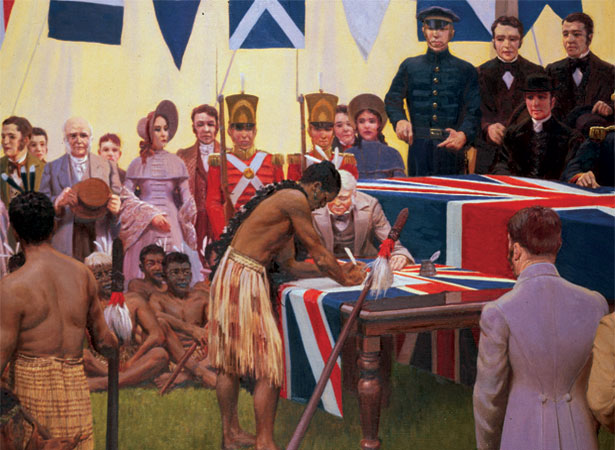

/https://public-media.si-cdn.com/filer/36/8a/368ab597-7281-439b-8331-d3443e562883/hitler-picture-wr.jpg)
